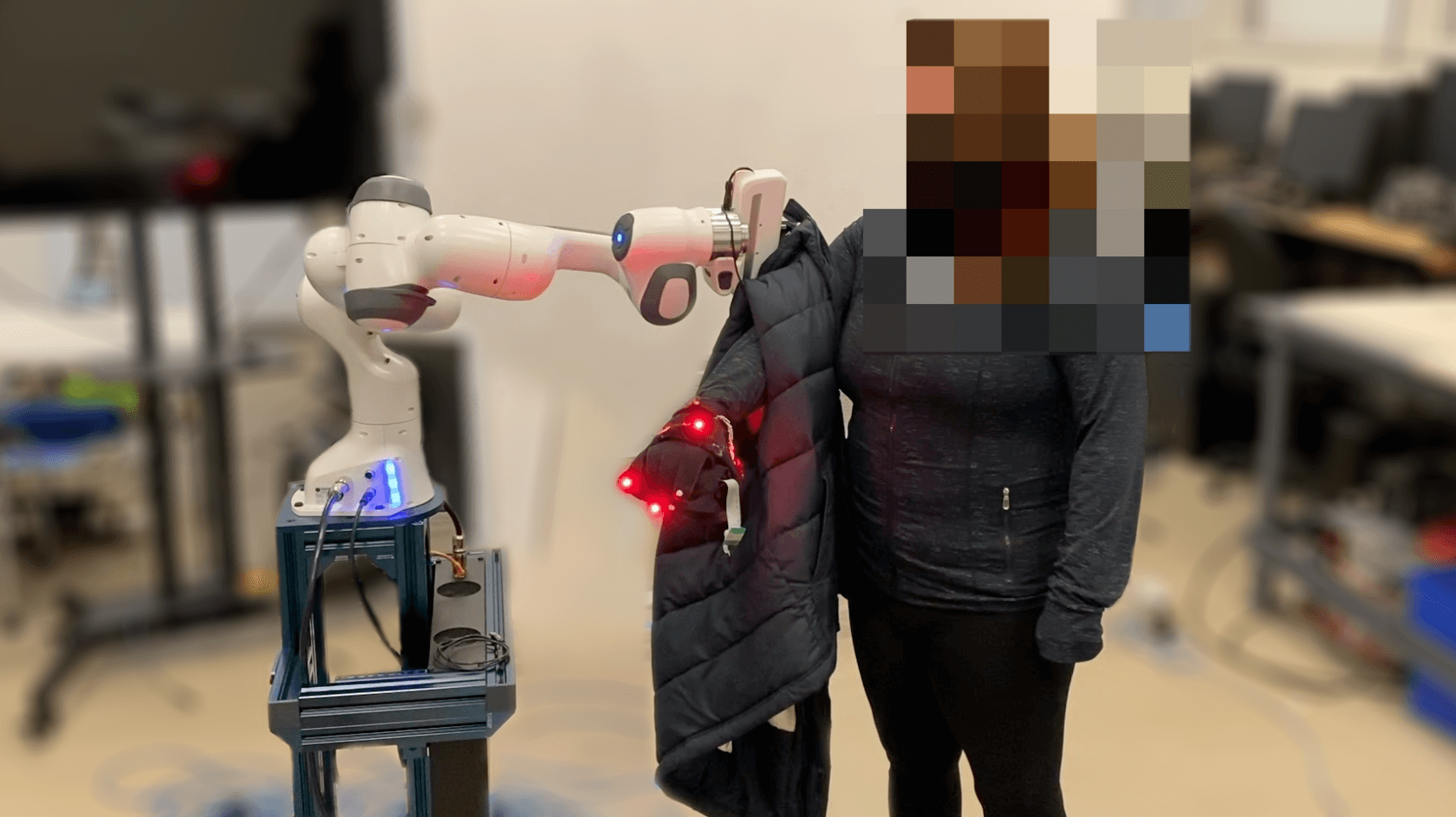In context: Getting dressed every morning is a routine task that most of us don't think about. However, for those with physical disabilities, the process is often much trickier and may even require the assistance of a second person – or perhaps a robot, if MIT's CSAIL department has anything to say about it.
As a quick refresher, CSAIL is an MIT lab that primarily designs technology to enhance our day-to-day lives, allowing us to work and play more safely and efficiently. For example, some of our readers might recall the lab's Covid-fighting robot, first revealed last year. Using the power of UVC light, the bot can wander large warehouses and disinfect various surfaces with ease.
While the lab's latest research doesn't have the same health benefits as its virus-killing robot, it's no less impactful for those in need. CSAIL has created a new algorithm that enables a robotic arm to dress a person quickly, but also safely.
This combination of speed and safety may seem obvious, but it's a key focus of CSAIL's algorithm. Other versions of this technology are so focused on avoiding collisions with humans they dress that they often cease their task outright. CSAIL calls this the "freezing robot" problem.
The lab's new algorithm loosens up those tethers, at least to an extent. Now, its human-assisting robot doesn't try to avoid impacts altogether but instead focuses on minimizing the force of collisions. It's happy to gently drag itself along your body (to pull a jacket sleeve over your arm), so long as it isn't hurting you or, worse, knocking you over.
You can see this enhanced tech in action in the clip above. It's short, so we recommend giving it a quick watch. In the video, CSAIL compares its current approach to robot-assisted dressing and past iterations – it's easy to tell which is superior.
